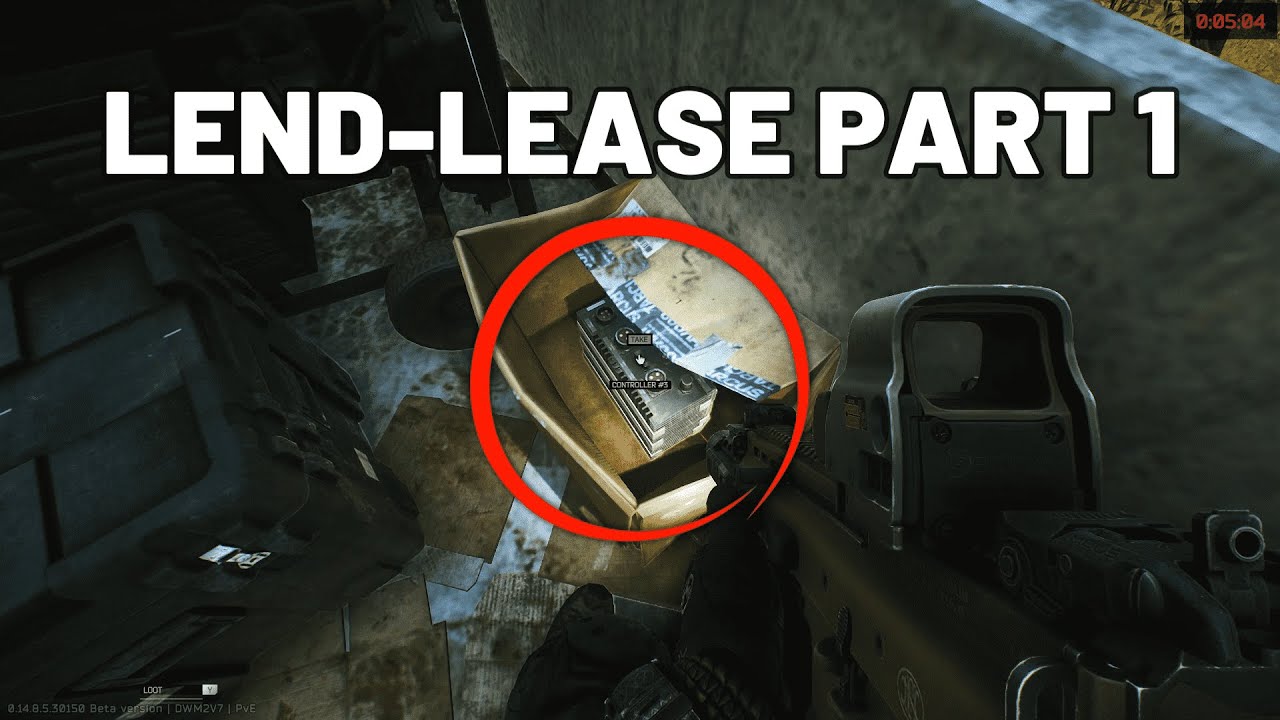Lend Lease Part 1: A Turning Point in History
The phrase “[lend lease part 1]” might sound unfamiliar to many, but its impact on global history is immense. This groundbreaking program, introduced during one of humanity’s darkest periods, became a lifeline for nations struggling to survive during World War II. It changed the course of the war and set the stage for new international alliances. In this article, we’ll deeply dive into the origins, purpose, and significance of [lend lease part 1], exploring how it shaped the future of diplomacy and warfare.
What Is Lend Lease Part 1?
In simple terms, [lend lease part 1] refers to the first phase of the Lend-Lease program initiated by the United States during World War II. This program, which officially began in March 1941, allowed the U.S. to provide military aid to its allies without requiring immediate payment. Think of it as a “you borrow now, pay later” system with tanks, planes, and food instead of cash.
The name “lend-lease” reflects its dual nature: some supplies were lent with the expectation of being returned, while others were leased under specific terms. This innovative approach gave struggling nations like the United Kingdom, the Soviet Union, and China the resources they needed to fight back against Axis powers.
The World Before Lend Lease Part 1
Before [lend lease part 1], the world was in chaos. By 1940, Nazi Germany had swept across Europe, leaving devastation in its wake. The United Kingdom, standing alone after the fall of France, was fighting desperately to survive. Across the Atlantic, the United States remained neutral, with many Americans reluctant to get involved in another European war. Isolationism was the mood of the day, and strict neutrality laws prevented the U.S. from directly aiding its allies.
However, President Franklin D. Roosevelt recognized that America’s security was tied to the survival of democratic nations abroad. He famously said, “We must be the great arsenal of democracy.” This sentiment laid the groundwork for creating [lend lease part 1].
How Did Lend Lease Part 1 Begin?
The Lend-Lease program was introduced in a time of dire need. In December 1940, British Prime Minister Winston Churchill sent an urgent message to Roosevelt that Britain was running out of money to purchase arms and supplies. Roosevelt knew that without help, Britain would fall—and with it, the hope of defeating Nazi Germany.
In response, Roosevelt proposed the Lend-Lease Act to Congress. It was a bold and controversial move that reflected the situation’s urgency. After heated debates, the act was passed on 11 March 1941, marking the beginning of [lend lease part 1].
The Key Features of Lend Lease Part 1
To understand [lend lease part 1], let’s break it down into its key components:
- No Immediate Payment: Recipient nations didn’t have to pay upfront for supplies. The U.S. prioritized defeating the Axis powers over immediate financial gain.
- Wide Range of Aid: The program included weapons, vehicles, Ammunition, food, medicine, and industrial equipment.
- Flexible Terms: Some items were lent with the expectation of being returned after the war, while others were gifted to allied nations.
- Strategic Support: Aid was provided to nations crucial to defeating Axis powers, such as the United Kingdom, the Soviet Union, and China.
These features made [lend lease part 1] a practical and revolutionary solution for wartime aid.
Why Was Lend Lease Part 1 So Important?
A Lifeline for Allied Nations
By the time [lend lease part 1] was launched, countries like Britain were on the brink of collapse. German U-boats had crippled supply lines, and resources were running dangerously low. Lend-Lease gave these nations the tools they needed to keep fighting.
For example, the British used American-made Sherman tanks during the North African Campaign, helping them defeat German forces under General Rommel. Similarly, the Soviet Union received thousands of trucks, aircraft, and food supplies that played a critical role in their resistance against the Nazi invasion.
Strengthening Global Alliances
Another major impact of [lend lease part 1] was strengthening international partnerships. The program signaled that the United States was committed to the Allied cause, even before officially entering the war in December 1941. This commitment fostered trust and cooperation, laying the groundwork for the post-war United Nations.
Economic and Industrial Impact
Lend-Lease wasn’t just about winning battles; it also demonstrated America’s industrial might. Factories in the U.S. ramped up production to meet the program’s demands, creating millions of jobs and solidifying the nation’s status as a global superpower. In a sense, [lend lease part 1] was as much about economic strategy as military aid.
Countries That Benefited from Lend Lease Part 1
Here’s a quick look at the key recipients of Lend-Lease aid and how they used it:
CountryType of Aid ReceivedImpact
United Kingdom Weapons, planes, food, and industrial supplies Helped sustain the Battle of Britain and other crucial campaigns.
Soviet Union Tanks, aircraft, trucks, and food Enabled resistance against the German invasion, especially at Stalingrad.
China’s Ammunition, weapons, and medical supplies Supported their fight against Japanese aggression.
Free France Weapons and vehicles Bolstered resistance movements in occupied France.
The scope of aid provided under [lend lease part 1] was astonishing, proving teamwork could prevail in adversity.
Challenges and Controversies
While [lend lease part 1] was widely celebrated, it wasn’t without its challenges:
- Political Opposition: Some in the U.S. opposed the program, arguing that it risked dragging America into the war.
- Logistical Hurdles: Transporting supplies across oceans infested with German U-boats was incredibly dangerous.
- Post-War Debts: Although repayment wasn’t a primary focus, the financial implications of Lend-Lease led to complex negotiations after the war.
Despite these challenges, the program succeeded in its ultimate goal: defeating the Axis powers.
The Legacy of Lend Lease Part 1
The legacy of [lend lease part 1] is profound and enduring. It demonstrated the power of cooperation in times of crisis, proving that no nation stands alone. The program also set a precedent for future international aid efforts, showing how wealthy nations could support struggling allies without expecting immediate repayment.
Moreover, Lend-Lease reinforced that economic strength is as important as military power in winning wars. By leveraging its industrial capabilities, the United States helped its allies and positioned itself as a global leader in the post-war era.
Lessons Learned from Lend Lease Part 1
The success of [lend lease part 1] teaches us several valuable lessons:
- Teamwork Matters: The program highlighted the importance of working together to overcome challenges.
- Invest in the Future: The U.S. ensured its allies’ survival and security by prioritizing long-term goals over short-term profits.
- Innovation Wins Wars: The flexibility and creativity behind the Lend-Lease Act set it apart from traditional aid programs.
These lessons remain relevant today, offering insights into how nations can navigate modern crises.
Conclusion
At its core, [lend lease part 1] was more than just a wartime aid program; it symbolized hope and resilience. By helping embattled nations, the United States played a pivotal role in turning the tide of World War II. The program saved lives and forged lasting alliances that continue to shape the world we live in today.
As we reflect on [lend lease part 1], it’s clear that its success stemmed from bold leadership, innovative thinking, and an unwavering belief in the power of unity. This historic initiative reminds us that even in the darkest times, humanity can find a way to stand together and triumph.



